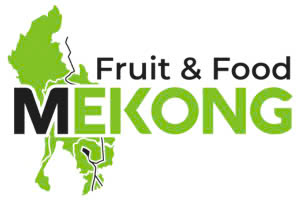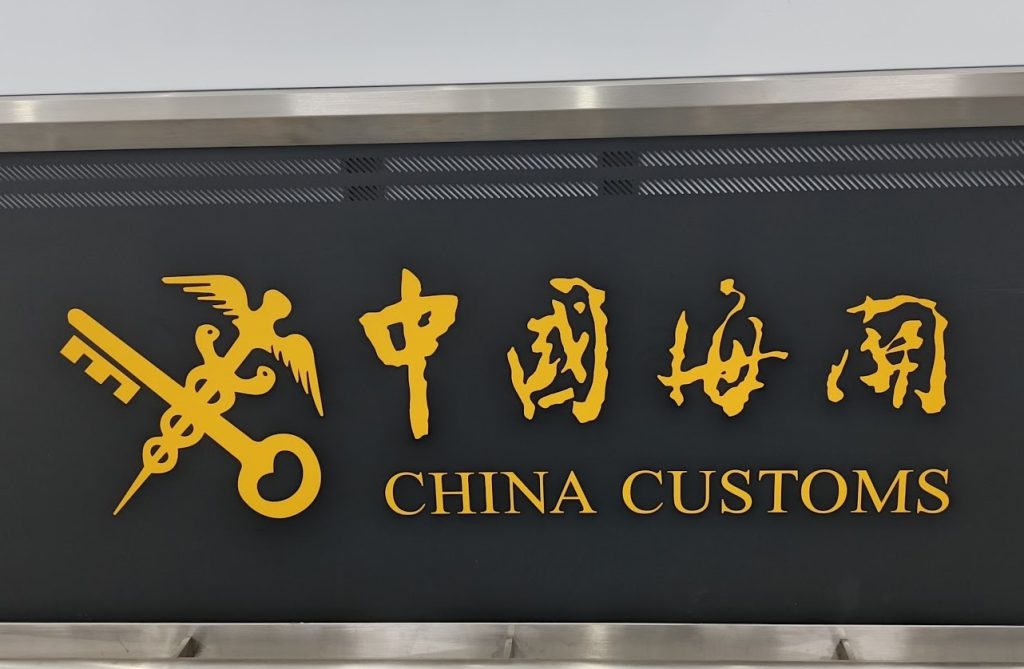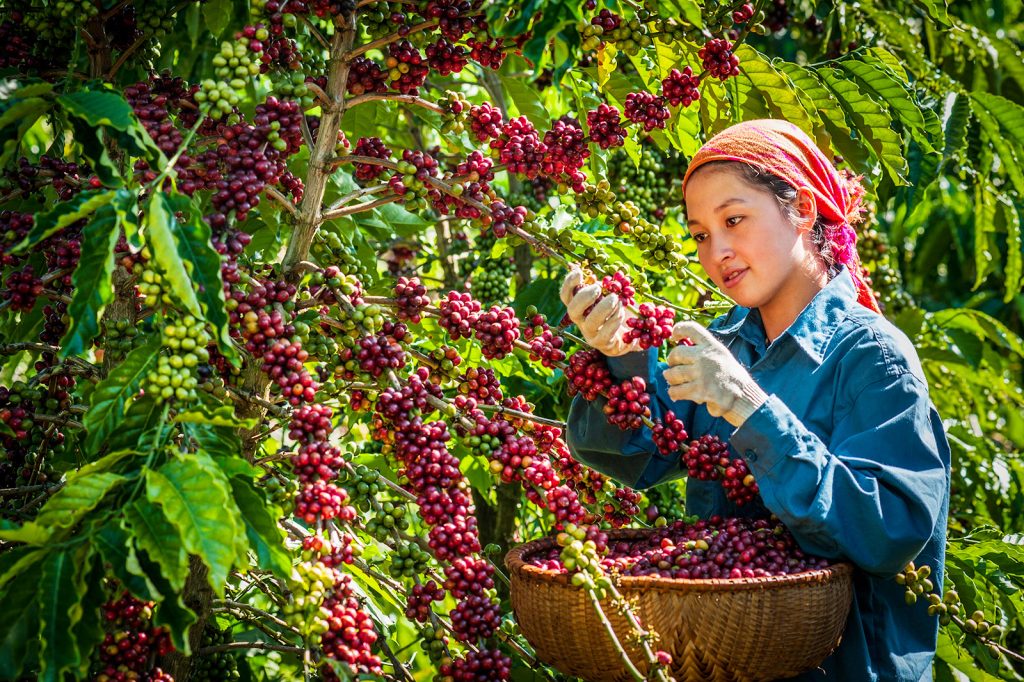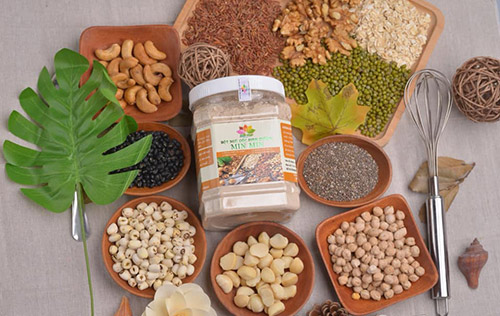Vietnam’s agricultural exports aim for 70 billion USD by 2025
With a turnover of 39.7 billion USD in the first 7 months of the year – up 14.7% over the same period last year – the agricultural sector is confident of conquering the target of 65 billion USD, aiming for the 70 billion USD mark for 2025, accompanying the industry’s growth exceeding 4%.
Deputy Minister of Agriculture and Environment (MARD) Tran Thanh Nam affirmed: “We are entering an acceleration phase, with many positive signals from traditional and emerging markets”. Specific figures show an even distribution of growth: agricultural products lead with 21.5 billion USD (up 17%), forestry products reached 10.4 billion USD (up 8.6%), aquaculture 6.1 billion USD (up 13.8%), and livestock contributed 339.2 million USD (up 22.1%). The US, China and Japan markets remain the “three pillars”, while Europe stands out with a 49% increase (US$4.3 billion), the Middle East with a 10.9% increase and Africa with an 8.9% increase.
Fruits and vegetables are becoming a symbol of the industry’s strategic transformation. Mr. Nguyen Thanh Binh, Chairman of the Vietnam Fruit and Vegetable Association, emphasized the huge potential in the US – where demand for tropical products is booming. In the first 6 months of the year, fruit and vegetable exports to this market reached US$261.6 million, a 66% increase. However, the challenge lies in strict standards on food safety, packaging and traceability. “To conquer native American consumers, instead of just the Asian community, businesses need to invest heavily in deep processing and modern technology,” Mr. Binh warned.
Seafood reached US$6.22 billion in 7 months, up 17.2%. To Thi Tuong Lan, Deputy Secretary General of the Vietnam Association of Seafood Exporters and Producers (VASEP), said the industry is coping with the reciprocal tariffs from the US on pangasius and high inventories in China by diversifying its markets to ASEAN, South America and the Middle East. “The last months of the year will be a key time, with expectations from the recovery of China, ASEAN, Japan and positive signals from the EU on removing technical barriers,” Lan predicted.
Coffee continues to assert its position as the “king of exports” thanks to a record high price of 5,850 USD/ton in the 2024-2025 crop year. “Exports reached 1.1 million tons in 7 months, up 66%, with Europe being the largest market (670,000 tons, 3.6 billion USD),” revealed Nguyen Nam Hai, Chairman of the Vietnam Coffee and Cocoa Association. To cope with the 20% tax from the US, businesses are turning to China – a potential market but with limited market share. The association proposed removing green coffee beans from the list of goods subject to VAT to reduce financial pressure.
Rice also maintained a steady growth momentum, despite falling world prices. Vietnam exported 5.5 million tons (US$2.8 billion) in 7 months, up 3.1% in volume, although the average price was only US$514/ton (down 19%). The whole year is expected to reach 8.8 million tons, maintaining the second position globally. Mr. Ngo Hong Phong, Director of the Department of Quality, Processing and Market Development, assessed: “This reflects the increasing competitiveness and reputation of Vietnamese rice”.
Despite the bright overall picture, the industry still faces technical barriers, market fluctuations and high logistics costs. Mr. Phong emphasized: “The target of US$65 billion is feasible, but requires high initiative”. The short-term strategy focuses on stabilizing old markets, expanding new ones; shifting from output to value through deep processing; and improving exchange rates, credit and logistics.
In the long term, the industry prioritizes building international standard raw material areas, applying high technology and specific strategies for each market: Negotiating tariffs with the US; expanding official channels in China with a focus on packaging and traceability; removing the IUU “yellow card” in the EU to take advantage of EVFTA for seafood, fruits and vegetables; increasing high-end products in Japan; promoting seafood and fruits to Korea; expanding fresh fruits and vegetables in ASEAN; and exploiting the $2 trillion Halal market in the Middle East.
Agricultural Counselor Tran Van Cong in the EU noted: “Great potential, but low processing ratio and logistics 30-40% more expensive than competitors are the main barriers. It is necessary to develop EU standard raw material areas and build a national brand”. Meanwhile, Commercial Counselor Nong Duc Lai in China emphasized: “The import scale of 210-230 billion USD/year requires Vietnam to improve quality and promote domestic promotion, especially in the Northern and Northwestern provinces.”
With this acceleration, agricultural exports are not only an economic driver but also a testament to Vietnam’s adaptability in the global arena. Overcoming current challenges will open a sustainable era, where value replaces quantity to create strength.
Quote : thuonghieucongluan.com.vn
Xem thêm:
- Vietnam’s agricultural exports aim for 70 billion USD by 2025
- Exporting Vietnamese agricultural products to EU Market through C/OForm EU.R1
- Vietnamese durian faces difficulties in exporting to the Chinese market!
- Does eating cereal help you lose weight effectively?
- ISSUED DECREE 280 OF THE GENERAL ADMINISTRATION OF CHINA CUSTOMS TAKES EFFECT ON JUNE 1, 2026
Bài viết cùng chủ đề:
-
ISSUED DECREE 280 OF THE GENERAL ADMINISTRATION OF CHINA CUSTOMS TAKES EFFECT ON JUNE 1, 2026
-
Vietnamese durian faces difficulties in exporting to the Chinese market!
-
Exporting Vietnamese agricultural products to EU Market through C/OForm EU.R1
-
The effects of nutritional cereals on humans !
-
Easy Homemade Folk Cough Remedies?
-
Does eating cereal help you lose weight effectively?







